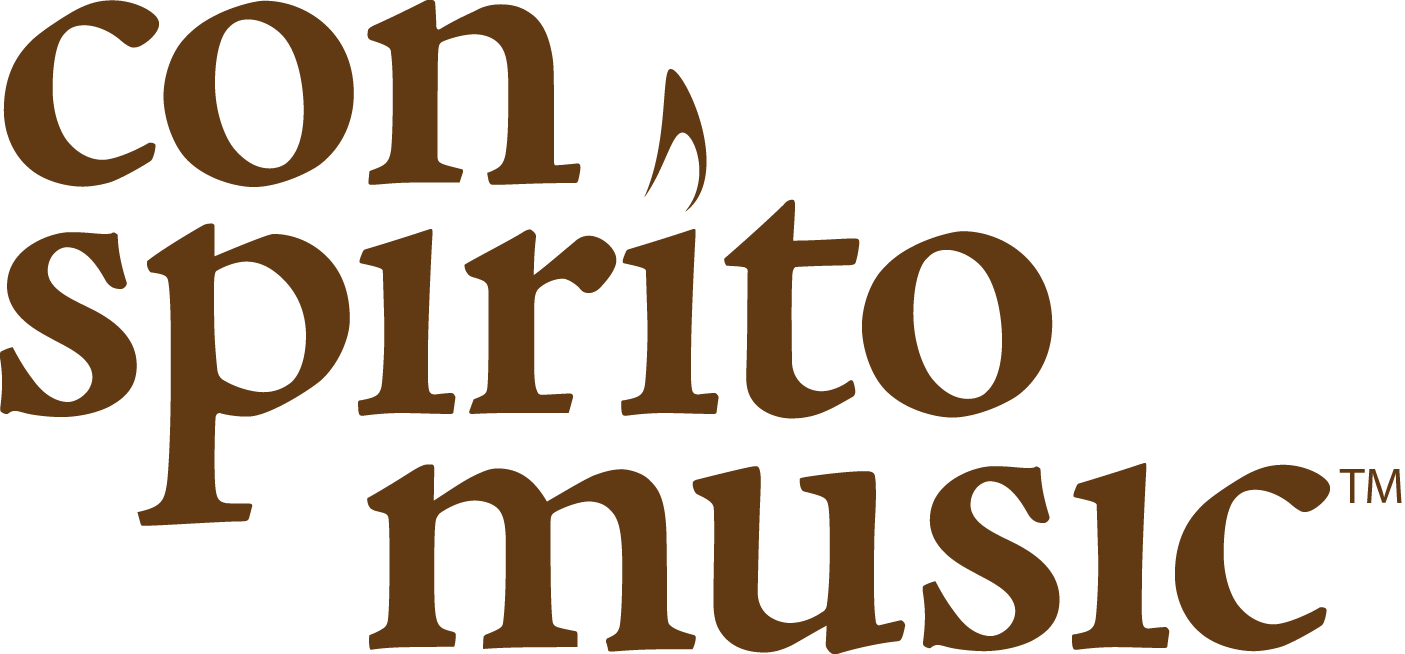The Easter hymn, “O Sons and Daughters” (“O Filii et Filiae”) is attributed to a Franciscan monk, Jean Tisserand (?-1494). It was discovered in a booklet printed in Paris between 1518 and 1536, was translated from Latin to English by the Anglican priest and hymnodist John Mason Neale (1818-1866), and was published in his Medieval Hymns, 1851. The tune is thought to be from the same era as the text, perhaps also written by Tisserand.
This arrangement uses five of the nine verses translated by Neale that are specific to Easter Day. It begins with a brass-and-timpani fanfare and the opening antiphon, “Alleluia, alleluia!” followed by four verses accompanied by organ, handbells, brass, and organ, respectively. The opening fanfare returns as an interlude before verse 5, in which all voices and instruments join together. The antiphon returns after verse 5, followed by a celebratory instrumental fanfare to conclude the hymn.
Includes voice part; also may be sung from hymnal or projected text. May be performed without handbells, if necessary, as the handbells-accompanied verse 2 is cued in the organ.
Full score, reproducible parts for voices, Bb tpt 1, Bb tpt 2, F horn, tbn, tuba, handbells, timpani (8.5×11″) — $30
